Faubourg Saint Jacques in Paris
below the nocturnal observations
Published in Paris by the Sieur de Fer
Etching laminated on cardboard sheet
Antoine Coquart (also Cocquart) was a French engraver and cartographer active in Paris at the end of the 17th century and the 18th century, although some of his works date back to the 17th century or even earlier periods. He is particularly known for creating historical maps of Paris, illustrating the city’s evolution over the centuries. Several of his works are now preserved in the Musée Carnavalet.
Among his most notable works are:
Lutèce, or the First Map of the City of Paris, depicting the city during the Gallo-Roman era;
The Third Map of the City of Paris, showing its extent under the reign of Louis VII;
The Fourth Map, illustrating the city's expansion under Philip Augustus;
The Sixth Map, tracing the urban development from Charles VII to Henry III.
These maps, created from 1705 in an etching style, are essential documents for understanding the urban history of Paris. In addition to their historical value, they reflect an artistic and educational concern, aimed at faithfully reconstructing the transformations of the capital.
On a personal note, Antoine Coquart was, in 1678, an officer at the King’s Menagerie in Versailles, while his father was a counselor and procurator to the King in Vertus, Champagne. He married Marguerite Laurent, the daughter of a merchant from Vieille-Église, near Rambouillet. The marriage contract, still preserved in the National Archives, provides valuable insight into his social standing.
Coquart also collaborated with other cartographers and artists of his time, such as Claude Lucas, notably on prestigious projects like the Turgot Map of Paris (1736) and the Jaillot Map (1748), both considered masterpieces of French cartography.
Today, his works can be found in public institutions such as the Musée Carnavalet. Some of his engravings, such as the one depicting the Paris Observatory, showcase his precision and exceptional mastery of graphic art.







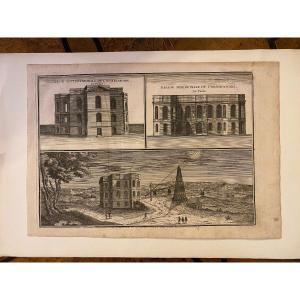








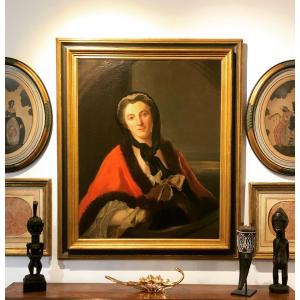


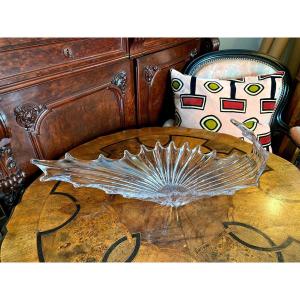
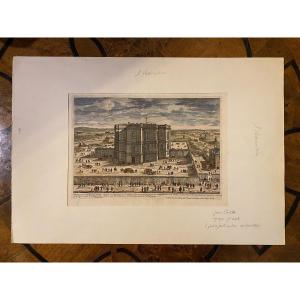

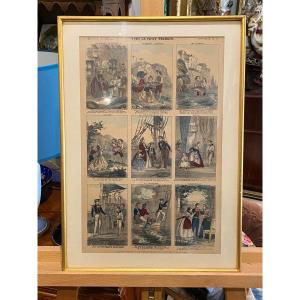

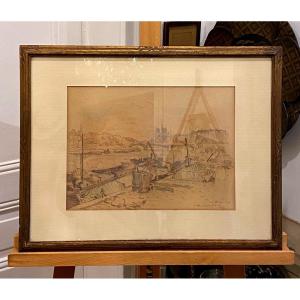
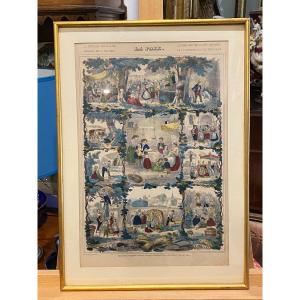
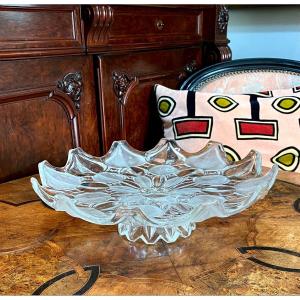
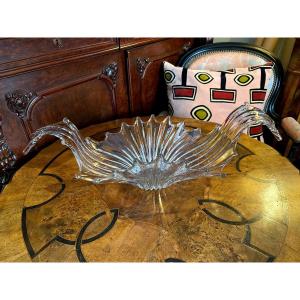


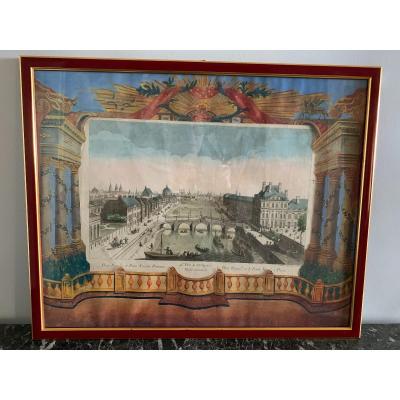





 Le Magazine de PROANTIC
Le Magazine de PROANTIC TRÉSORS Magazine
TRÉSORS Magazine Rivista Artiquariato
Rivista Artiquariato